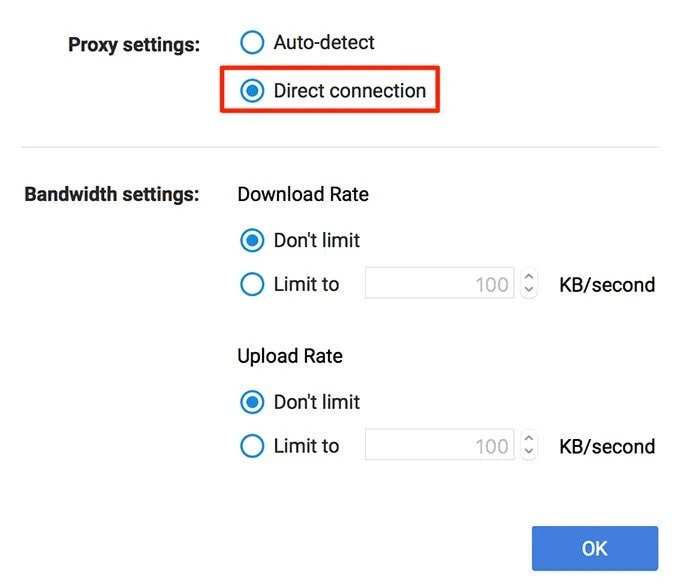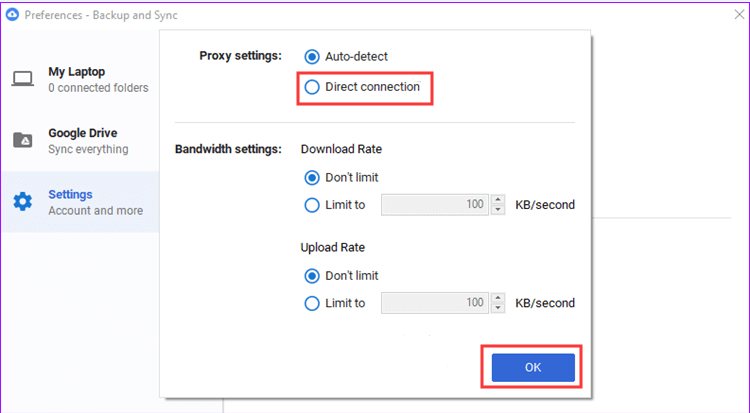

When it comes to recovering data, there are marked differences between sync and share services and backup recovery.
#BACKUP AND SYNC NOT WORKING MANUAL#
In the event of data loss or a ransomware attack, restoration of the data, site structure, and permissions can be a long, and sometimes manual process - unless your data has been backed up. Secondly, syncing to one of these programs doesn’t make your content immune from ransomware attacks.įor example, if you get ransomware on your local laptop then connect to a cloud data sync like OneDrive, not only will the malware encrypt the data on your laptop, it can also sync to the cloud, infect the cloud, and therefore put your synced data at risk. And even when you pay the premium to help improve search power, like selective syncing products, the setup can be overly technical. This is true for a number of reasons, the first being that synced files can easily be misplaced as syncing directories between machines can get confusing. While syncing can be an incredibly powerful option for accessing and collaborating on work, it’s often most effective with an additional backup system in place.

These services allow data to be stored in an approved data repository, then accessed remotely by anyone with permission via PCs, laptops, tablets or smartphones. The most common example in business is the use of syncing and sharing services like: To sync data, it typically means that two devices merge the same, and most recent information available. To save space, most people opt to store videos locally, then back them up for security. Syncing often works with public cloud-based services, which have storage limits. With cloud-managed backup services, you don’t need on-premise infrastructure and can check-in on backup status anytime, anywhereīackup is also useful for anyone who stores copious amounts of videos.Backup that occurs multiple times a day provides snapshots of your data, which allows you to access multiple versions of your content.Users don’t need technical acumen, like setting up specific folders or dropping into the command bar to take action.It can be automatic, so users can rest assured their information is safe, without doing anything.The benefits of backing up files include: For example, duplicating information from your laptop to an external hard drive, the cloud, another computer or a flash drive.īacking up files tends to be the most traditional and reliable way a business can both protect their digital assets and ensure business continuity. File Backupīackup refers to copying data from one location to another. Let’s explore the differences between syncing and backing up data.

Syncing and backing up files are often used as interchangeable solutions for protecting data, but there are critical differentiators between the two options, especially when it comes to data restoration, that all business owners should understand.


 0 kommentar(er)
0 kommentar(er)
